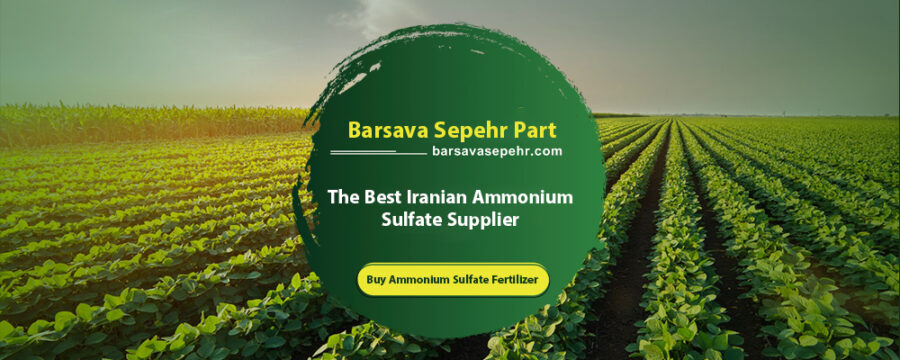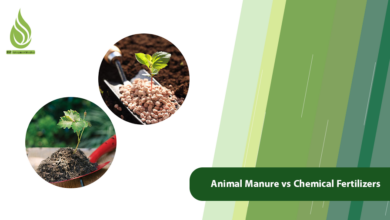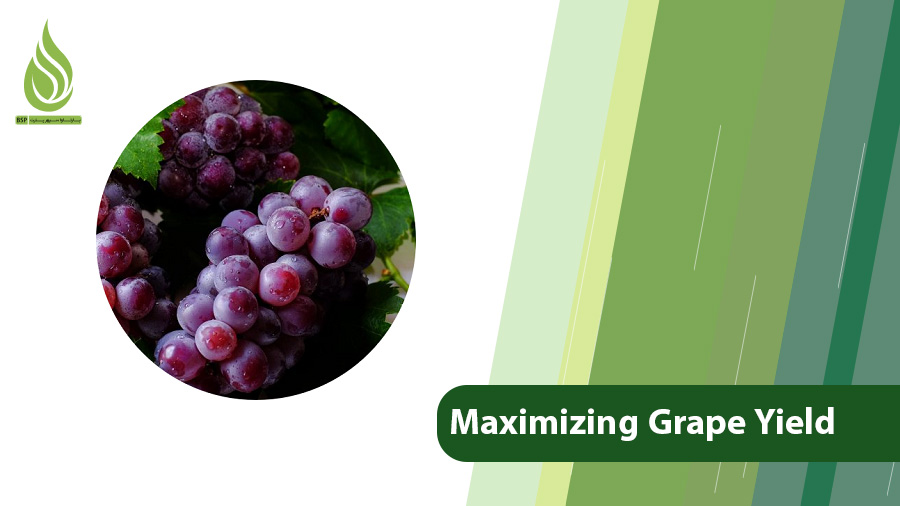
Measures for Maximizing Grape Yield: Secrets to Fruitfulness
Grapes are a beloved fruit enjoyed by people worldwide, whether eaten fresh off the vine or transformed into products like wine, jams, desserts, syrups, and raisins. For farmers, home gardeners, and vineyard owners, boosting grape yield isn’t just about quantity; it’s also about producing high-quality fruit that tastes great and sells well. Grape cultivation, or viticulture, involves a mix of science, experience, and careful management to get the best results. In this guide, we’ll dive into proven strategies for maximizing grape yield. By following these steps, you can help your vines thrive, resist stresses, and produce bountiful harvests.
Grape growing has a long history, dating back thousands of years, and today it’s a major industry in places like California, France, and Australia. Whether you’re growing table grapes for fresh eating or wine grapes for that perfect bottle of Cabernet, the goal is the same: healthy vines that yield plenty of fruit. Factors like climate change, water availability, and pest pressures make modern viticulture more challenging, but with smart techniques, you can overcome them. Let’s explore the key steps to success.
Choosing the Right Grape Varieties
The foundation of a successful vineyard starts with picking the right grape varieties. This choice affects not just yield but also how well the plants handle your local environment. Grapes come in two main categories: table grapes (like Thompson Seedless for eating) and wine grapes (like Chardonnay or Merlot for winemaking). Wine grapes often prioritize flavor complexity over sheer size, while table grapes focus on sweetness and appearance.
For maximizing grape yield, select varieties that match your region’s climate, soil, and disease risks. For example, in cooler areas like the Pacific Northwest, hybrids like Concord or Niagara might perform better due to their cold hardiness. In warmer spots like California’s Central Valley, heat-tolerant varieties such as Cabernet Sauvignon thrive. Local varieties build resilience against common issues like frost or drought, reducing the need for interventions.
Consider traits like fruit size, color, flavor, and ripening time. High-yielding varieties, such as Flame Seedless for tables or Syrah for wines, can boost production if conditions are right. Always consult extension services or local experts; organizations like UC Davis or Cornell University offer guides tailored to regions. Testing small plots before full planting helps avoid costly mistakes. Remember, hybrid varieties often resist diseases better, cutting down on chemical use and supporting sustainable farming.
Diversity is key too. Planting a mix of early and late-ripening varieties spreads out harvest time, easing labor demands and market risks. For wine grapes, variety selection ties directly to terroir—the unique combo of soil, climate, and topography that influences wine style. Choosing poorly adapted varieties can lead to low yields, poor quality, or vine death, so soil tests and climate data are essential first steps.
Effective Fertilization for Grapevines
Fertilization is like feeding your vines the right diet at the right time; it’s crucial for strong growth, big yields, and tasty fruit. Without proper nutrients, vines can become weak, produce small clusters, or succumb to diseases. Start with a soil test to pinpoint deficiencies; this reveals needs for macronutrients like nitrogen (N), phosphorus (P), and potassium (K), plus micronutrients like zinc or iron.
A balanced approach combines organic and chemical fertilizers. Organic options, like compost or manure, improve soil structure and release nutrients slowly, fostering healthy microbes. Chemical fertilizers provide quick boosts but should be used sparingly to avoid runoff and environmental harm.
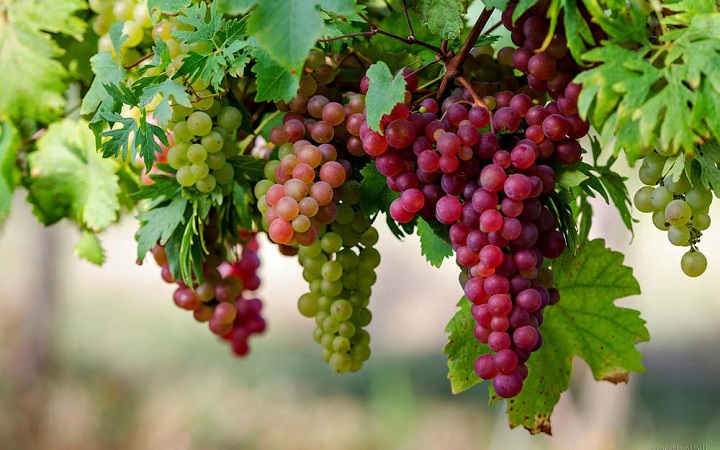
Timing matters: Apply before planting to establish roots, in spring for vegetative growth, and mid-season for fruit development. In spring, focus on nitrogen to encourage leaves and shoots; about 2 ounces of 10-10-10 per vine for young plants. Summer applications emphasize potassium and phosphorus for fruit quality and stress resistance. Avoid heavy fertilization near harvest to prevent diluting flavors.
Monitor after applying: Watch for signs like yellow leaves (nitrogen shortage) or stunted growth (phosphorus lack). Adjust based on vine vigor; over-fertilizing leads to excessive foliage at the expense of fruit.
Special Considerations for Fertilizing Wine Grapes
Wine grapes demand a nuanced fertilization strategy because excess nutrients can harm wine quality. Too much nitrogen, for instance, promotes lush growth (vigor) that shades fruit, delays ripening, and dilutes flavors, resulting in wines that taste “green” or lack depth. The goal is balanced vines: enough nutrients for maximizing grape yield without overstimulating growth.
Base decisions on petiole (leaf stem) analysis, taken at bloom or veraison (when grapes change color). This measures nutrient levels in the plant itself, more accurate than soil tests alone. For example, if petiole nitrogen is low and shoots are short (under 2 feet by bloom), add nitrogen early. But if shoots exceed 3 feet, skip it to control vigor.
Typical rates: For each ton of grapes harvested, vines remove about 3 pounds of nitrogen, 0.6 pounds of phosphorus, and 5 pounds of potassium from the soil. Replace these post-harvest, when roots are active, to rebuild reserves for next year. Apply under vines via drip irrigation (fertigation) for efficiency, especially on sandy soils where nutrients leach quickly.
For young wine vines, fertilize lightly, perhaps 1-2 applications of balanced fertilizer in the first year, to establish roots without excess top growth. In mature vineyards, use foliar sprays for micronutrients like boron (for pollination) or magnesium (for chlorophyll). Best practices emphasize sustainability: Use cover crops to fix nitrogen naturally and reduce erosion.
Common pitfalls: Over-applying nitrogen pre-bloom can cause uneven berry set. In dry regions, pair fertilization with irrigation to aid uptake. Research from places like Washington’s vineyards shows mild deficits can enhance wine quality by concentrating flavors. Always follow local guidelines to minimize environmental impact.
Proper and Timely Irrigation
Water is life for grapevines; it powers nutrient uptake, photosynthesis, and fruit swelling. But too much or too little can spell trouble: Overwatering wastes resources and promotes diseases, while underwatering stresses vines and shrinks yields.
Adopt deficit irrigation, supplying about 80% of full needs, to balance yield and quality, especially for wine grapes. This mild stress improves flavor concentration without cutting production too much. Use drip systems for precision; they deliver water directly to roots, reducing evaporation and weeds.
Schedule based on growth stages: Full water from budbreak to fruit set for canopy development; reduce post-set to veraison for stress benefits; then moderate through ripening to avoid cracking. Monitor soil moisture with tools like tensiometers or apps that track evapotranspiration (ET).
In hot, dry areas, irrigate at night to cut losses. Mulching conserves water and suppresses weeds. For sustainability, consider rainwater harvesting or recycled water. Proper irrigation not only helps you with maximizing grape yield but also enhances grape size, color, and resilience to heat waves.
Pest and Disease Management for Maximizing Grape Yield
Pests and diseases can devastate yields if unchecked; think powdery mildew turning leaves white or grape berry moths ruining clusters. Integrated Pest Management (IPM) is the smart way: Combine cultural, biological, and chemical controls for minimal impact.
Scout regularly: Walk rows weekly to spot early signs like spots on leaves (downy mildew) or webbing (spider mites). Promote natural enemies; plant habitats for ladybugs or birds that eat pests.
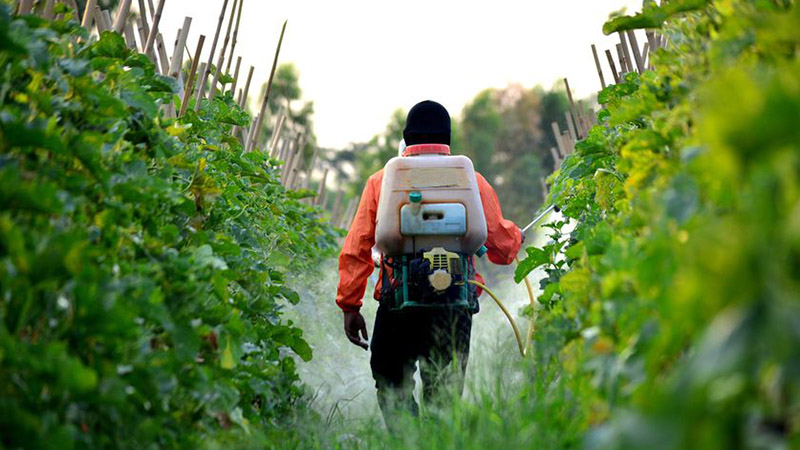
Cultural practices: Prune for air flow, space vines properly, and remove debris to cut disease risks. For chemicals, rotate types to prevent resistance and follow labels; consult guides from Oregon State or UC ANR.
Key threats: Powdery mildew (treat with sulfur), Pierce’s Disease (vector control via insecticides), and weeds (mulch or herbicides). In organic setups, use neem oil or beneficial fungi. Early action saves crops and reduces costs.
Regular Monitoring and Evaluation of the Orchard
Think of monitoring as your vineyard’s health checkup. Regular inspections catch issues early, allowing quick fixes that save yields. Track vine growth, fruit development, and environmental factors like temperature.
Use tools: Drones for aerial views, apps for data logging, or simple notebooks for notes. Evaluate yield estimates by counting clusters mid-season. Adjust practices based on data; if nutrients are low, tweak fertilization.
This ongoing process ensures optimal harvest timing, when sugars and acids balance for peak quality. It also helps with long-term planning, like rotating varieties or improving soil.
Optimal Pruning
Pruning shapes vines, directs energy to fruit, and prevents overcrowding. Done right, it boosts yield by improving light and air penetration, reducing diseases.
Two main methods: Cane pruning (select 1-2 canes with 8-15 buds) for maximizing grape yield in vigorous varieties, and spur pruning (shorten to 2-3 buds) for easier management. Prune in winter dormancy to minimize stress, using sharp tools for clean cuts.
Summer pruning: Thin shoots and clusters to focus energy; remove tertiary clusters post-set. For maximizing grape yield, aim for balanced crop load: Not too many grapes (dilutes quality) or too few (wastes potential).
Training systems like vertical shoot positioning enhance this, exposing fruit to sun for better ripening.
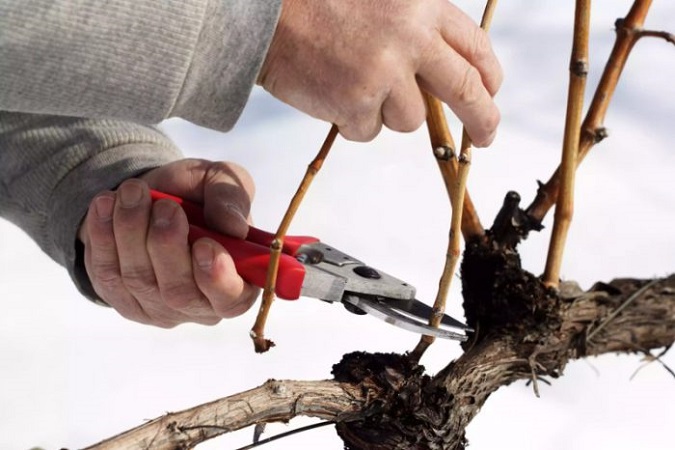
Which Fertilizers Have the Most Impact on Grape Yield?
- Nitrogen Fertilizers: Nitrogen is essential for the growth of grape leaves and branches. It helps the plant generate the energy needed to produce fruit. An example of a nitrogen fertilizer is ammonium sulfate.
- Phosphorus Fertilizers: Phosphorus supports root growth and flower development, leading to increased yield. It also plays a vital role in fruit production. Super phosphate is a common phosphorus fertilizer.
- Potassium Fertilizers: Potassium improves fruit quality, enhances flavor, and increases resistance to diseases. It also helps regulate water within the plant. An example of a potassium fertilizer is potassium sulfate.
- Organic Fertilizers: Organic fertilizers, such as compost and manure, improve soil structure, boost microbial activity, and gradually release nutrients.
- Microelements: Microelements like iron, zinc, manganese, and copper are essential for healthy grape growth and contribute to improved quality and yield.
Using a combination of nitrogen, phosphorus, and potassium fertilizers, along with organic and microelement fertilizers, significantly enhances grape yield and quality. However, it’s important to conduct a soil test first to ensure you understand the specific needs of your land before applying these fertilizers.
Adjusting Soil pH for Grape Vines
Adjusting the soil pH is crucial for grape cultivation and can greatly affect the health and yield of grapevines. The right soil pH helps improve nutrient absorption, which in turn enhances the growth and quality of the fruit. For grapevines, the ideal soil pH should be between 6 and 7, as this range allows the plants to effectively take in nutrients.
If the soil is too acidic (with a low pH), you can raise the pH and reduce acidity by adding lime (calcium carbonate). On the other hand, if the soil has a high pH and is alkaline, you can lower the pH and increase acidity using sulfur-containing fertilizers. One such fertilizer is ammonium sulfate, which helps normalize the soil pH.
Ammonium sulfate is made up of nitrogen and sulfur. The sulfur in this fertilizer helps control the soil pH and provides nutrients for the plants. Additionally, the nitrogen in ammonium sulfate supports the growth of the roots, trunk, and leaves of the grapevines.
